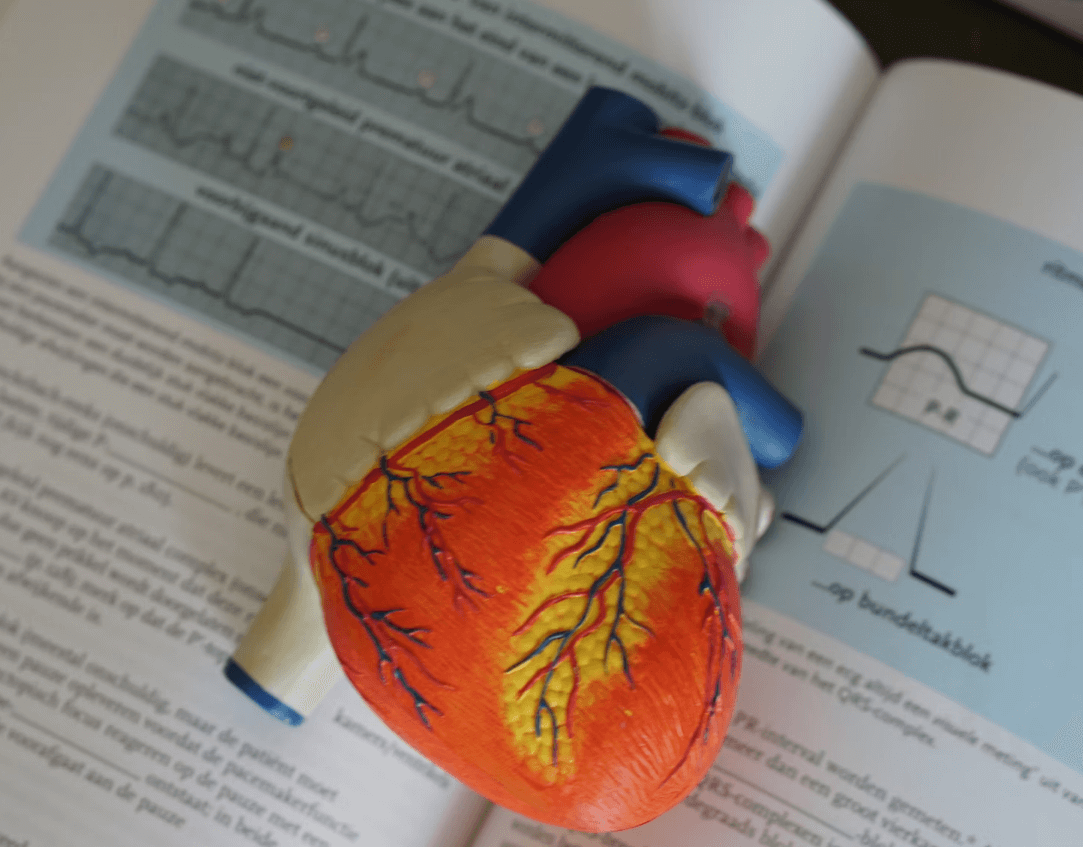Every year, cardiac and respiratory emergencies claim countless lives, often without warning. Cardiopulmonary Resuscitation (CPR) stands as the first line of defense in these critical moments, bridging the gap between a life-threatening event and professional medical care. It’s not just a skill—it’s a lifeline that can double or triple survival rates in emergencies. Whether you’re a healthcare professional or a bystander, understanding the value of CPR is essential for saving lives.
This comprehensive guide will explore the significance of CPR in healthcare, its role in emergency situations, and how both professionals and the public can be better prepared to act swiftly and effectively.
What is CPR and Its Role in Healthcare?
Cardiopulmonary Resuscitation (CPR) is a lifesaving technique designed to maintain oxygenated blood circulation to the brain and vital organs when someone’s heart or breathing has stopped. It involves two key components:
- Chest Compressions to manually pump blood to the heart and brain.
- Rescue Breaths (or the use of advanced tools in professional settings) to deliver oxygen directly to the lungs.
The primary goal of CPR is to keep the body’s vital functions stable until higher levels of emergency care, such as the use of defibrillators or advanced life support, become available. CPR’s universal applicability makes it indispensable in healthcare—from hospital emergency rooms to roadside accidents.
The History of CPR
Tracing CPR’s Roots
CPR has come a long way since its inception. Hundreds of years ago, resuscitation techniques were rudimentary, relying on unproven methods like rolling individuals over barrels to force air into the lungs.
Milestones in Modern CPR
- 1950s: Mouth-to-mouth resuscitation was first introduced and widely adopted.
- 1960s: Chest compressions were refined, leading to their inclusion in CPR protocols.
- 1970s: The American Heart Association (AHA) added CPR training to its portfolio, making education more accessible.
- 2000s to Present Day: Advanced CPR techniques have evolved, with emphasis on high-quality compressions and evidence-based updates.
These milestones reflect how the continuous refinement of CPR techniques has increased its efficacy over time.
Importance of CPR in Saving Lives
Cardiac Arrest Statistics
According to the AHA, nearly 350,000 out-of-hospital cardiac arrests occur annually in the U.S. alone. Unfortunately, most occur in homes or public spaces, where professional medical help isn’t immediately available. Timely CPR provides a critical bridge in such scenarios.
The “Chain of Survival”
The Chain of Survival is a series of crucial actions that, when performed in concert, offer the best chance of survival during cardiac arrests:
- Immediate recognition of cardiac arrest symptoms and activating emergency responses.
- Early CPR to maintain blood flow.
- Rapid defibrillation to restore normal heart rhythm.
- Advanced life support and post-cardiac arrest care.
The Impact of Bystander CPR
Bystander involvement could mean the difference between life and death. Studies show that administering CPR before paramedics arrive can double—even triple—a victim’s survival odds.
The Role of Healthcare Professionals in CPR
Why CPR Training is Crucial
Healthcare professionals are the front-line responders in emergencies. Their ability to deliver effective, high-quality CPR often dictates patient outcomes. As such, regular training and certification are non-negotiable for individuals in roles such as:
- Paramedics and EMTs
- Nurses and Physicians
- Hospital Administrators who lead emergency response protocols
Mandatory basic life support (BLS) certifications ensure healthcare workers are prepared for emergencies. Advanced CPR certifications, such as ACLS (Advanced Cardiac Life Support), are essential for team leaders in critical care scenarios.
CPR Training and Certification
Steps to Becoming CPR Certified
Getting CPR certified is straightforward, but essential for healthcare workers and ordinary citizens alike. Here’s how to start:
- Find Accredited Courses offered by organizations like the AHA or Red Cross.
- Complete Hands-On Training that teaches proper chest compression techniques, rescue breaths, and defibrillator use.
- Earn Your Certification after demonstrating your CPR competency in practical evaluations.
Courses may include certifications such as:
- Basic Life Support (BLS): Ideal for routine emergency care.
- Advanced Life Support (ACLS and PALS): Hands-on techniques for complex scenarios like pediatric care.
Why Everyone Should Learn CPR
Cardiac arrest doesn’t discriminate—it can happen to anyone, anywhere. Training the public, not just professionals, enables early intervention that can save lives at home, work, or in public spaces.
Debunking Myths About CPR
It’s time to clear the air about CPR misconceptions.
- Myth #1: “Only trained professionals should perform CPR.”
CPR is most effective when performed by bystanders, even without formal training. Compression-only CPR is a simple yet lifesaving action anyone can take.
- Myth #2: “I might hurt the person if I do it wrong.”
While proper technique is crucial, attempting CPR is always better than doing nothing. A broken rib, while unfortunate, is less severe than losing a life.
- Myth #3: “CPR always saves lives.”
While CPR significantly improves survival odds, it’s not a guaranteed solution. However, its impact is undeniable in many critical scenarios.
Key Takeaways
From its life-saving potential to its universal accessibility, CPR plays an irreplaceable role in healthcare and public safety. Here’s what you need to remember:
- CPR keeps oxygen and blood circulating during emergencies, increasing survival rates until advanced care is available.
- Regular training and certification are essential for healthcare professionals and valuable for the general public.
- Performing CPR, even imperfectly, is far better than doing nothing at all.
Become CPR Certified Today
Don’t wait for an emergency to learn CPR. Whether you’re a healthcare worker sharpening your skills or a concerned friend or family member, CPR can make all the difference. Learn from trusted providers like Safety Training Seminars, which offer AHA-accredited courses in Manteca like CPR & First Aid, Basic Life Support (BLS), Advanced Cardiac Life Support (ACLS), and Pediatric Advanced Life Support (PALS).
Your preparedness could save a life.




